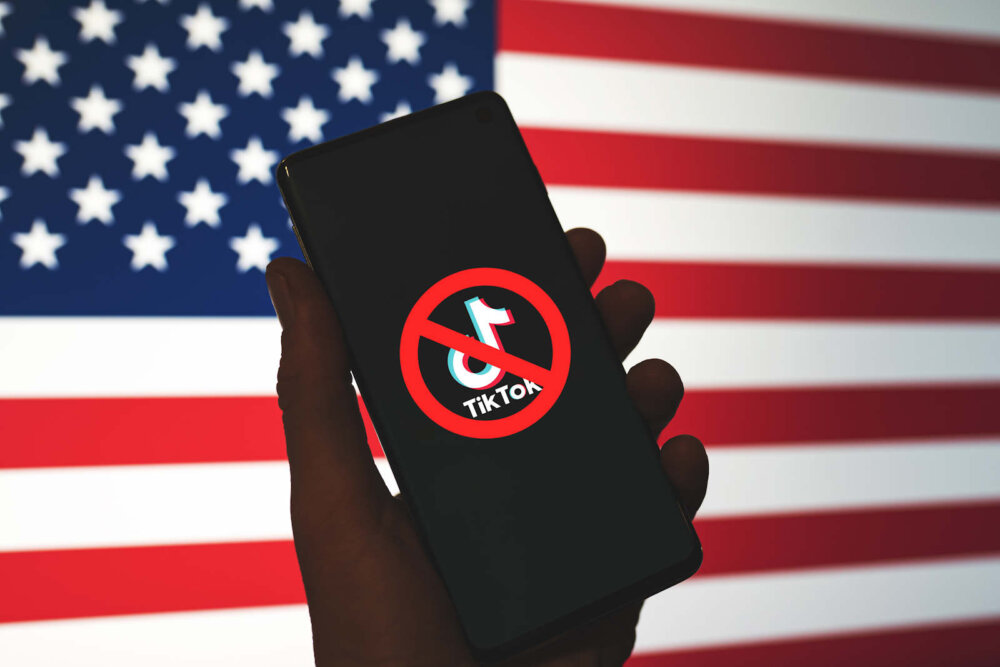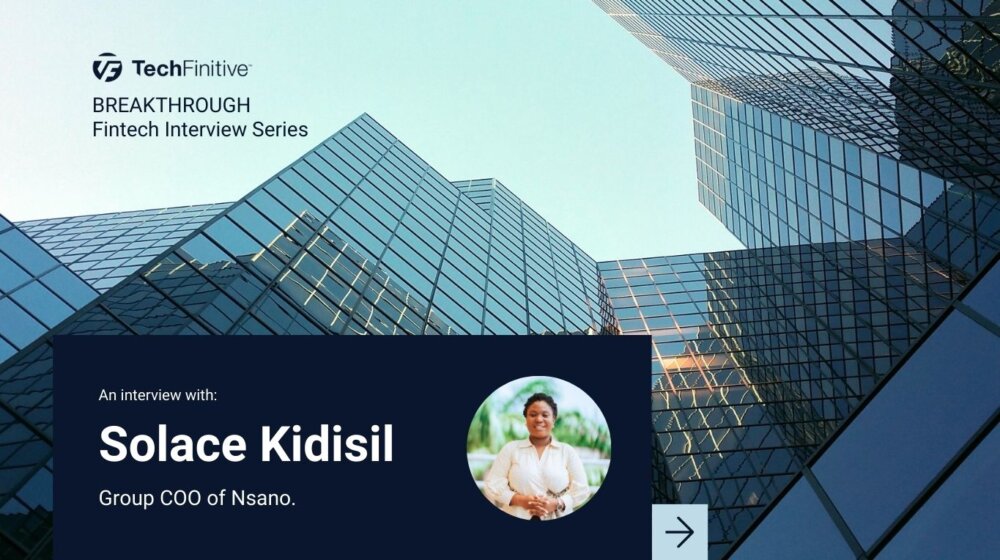
South Korean 60Hertz helps businesses make the most out of solar
Almost a decade ago, MIT met with US Congress and White House officials to present a 350-page study on The Future of Solar Energy. That report highlighted that any serious effort against climate change would need to tap into solar as a source of renewable energy.
Since then, a lot of progress has been made. Or not enough. It depends on who you ask. If you lean on the “not enough” side of the coin, there’s plenty to point the finger at. Lobbying and meddling by Big Oil, inadequate governmental policy-making or even Russia’s invasion of Ukraine.
One more to add to that list – relevant to this article – is that despite all the technological advancements in the sector these last ten years, solar energy can still be an unattractive investment. If not sold when the price is right, or successfully stored for later, too much of it can bring prices down to zero.
It’s in this context that we were excited to meet with 60Hertz earlier this year. The South Korean company is developing software that connects the different technologies used in capturing and distributing solar energy, bringing with it benefits both for investors and the planet. Interview below, edited for clarity.
Could you please start by introducing yourself and the company?
My name is Youngsik Hwang and our company is called 60Hertz and we are developing a Virtual Power Plant software using AI, cloud and big data. Typically you might have solar panels, EV chargers and energy storage systems all as individual instances and all operating independently and differently. But using our software, one can operate them all together and control and monitor the whole system from one screen.
What is the main benefit of that?
If you take the example of an EV charging station owner, they might operate under more than one mode; just to keep it simple, let’s say they have a “maximise eco-friendly energy” mode and a “maximizs revenue” mode. If they choose the eco-friendly mode, the solar panel will generate electricity and directly charge it into EVs; if they choose revenue mode the electricity that is generated from the solar panel will be sold to the grid when the price is higher.
You’ve been in business for three years and it’s partially a partnership with Samsung. How does it work?
Samsung is our accelerator partner and they have provided us with office space as well as some investment to get things started and get it going.
And what are you hoping to get out of CES? What are your expectations for the business?
We are trying to sell our products globally and expand our business. We think there’s demand for it, not least of all because this energy management system for distributed energy resources (DER) could include other DERs like wind or fuel cells. The applications go beyond solar and EVs.
Worth a read
- AI, robots and recycling waste: how Recycleye is making a difference
- Monika Lindquist, CMO at Visual Art Group: “There’s often a misconception that marketing expenses are expenditures rather than strategic investments”
- Alex Tallman, Director, Retail Experience & Education at Fleet Feet: “As a CX leader, it’s critical to remain connected to the realities of the retail environment”
NEXT UP

Slow buyers cause tech firms to rethink sales approaches as tough Q1 hits home
New research suggests tech sales were slow in Q1, with buyers of technology and professional services taking their time before committing to any solutions.

ByteDance says it has no plans to sell TikTok and refuses to bow to US pressure
ByteDance, the Chinese company that owns TikTok, stated that it “doesn’t have any plans to sell TikTok” on Toutiao, a social media platform that it also happens to own.

Solace Kidisil, Group COO of Nsano: “The difference between traditional finance and fintech is the questions we ask”
We interview Solace Kidisil, Group COO of Nsano, a fintech company from Ghana, offering digital payment solutions across Africa